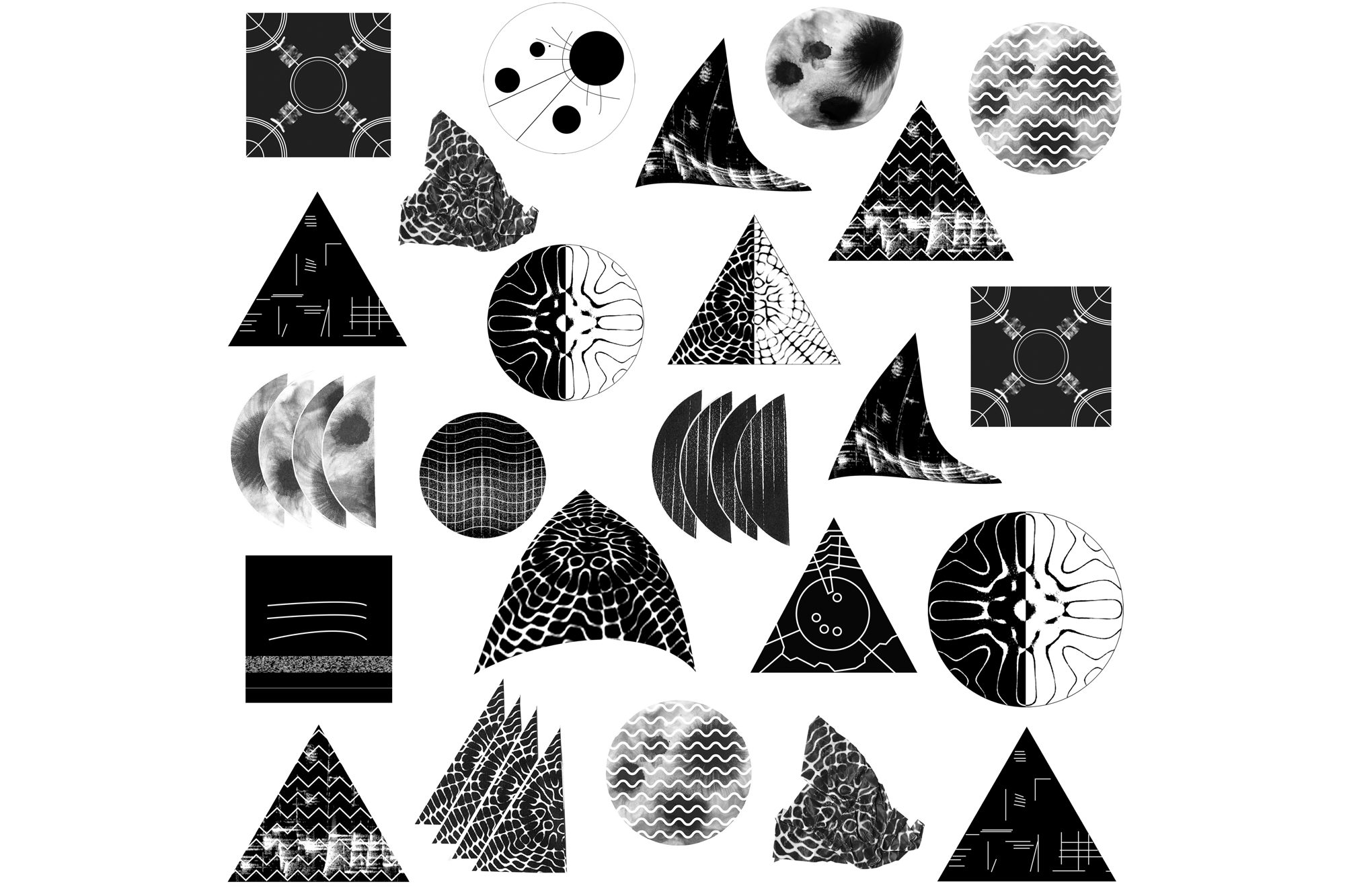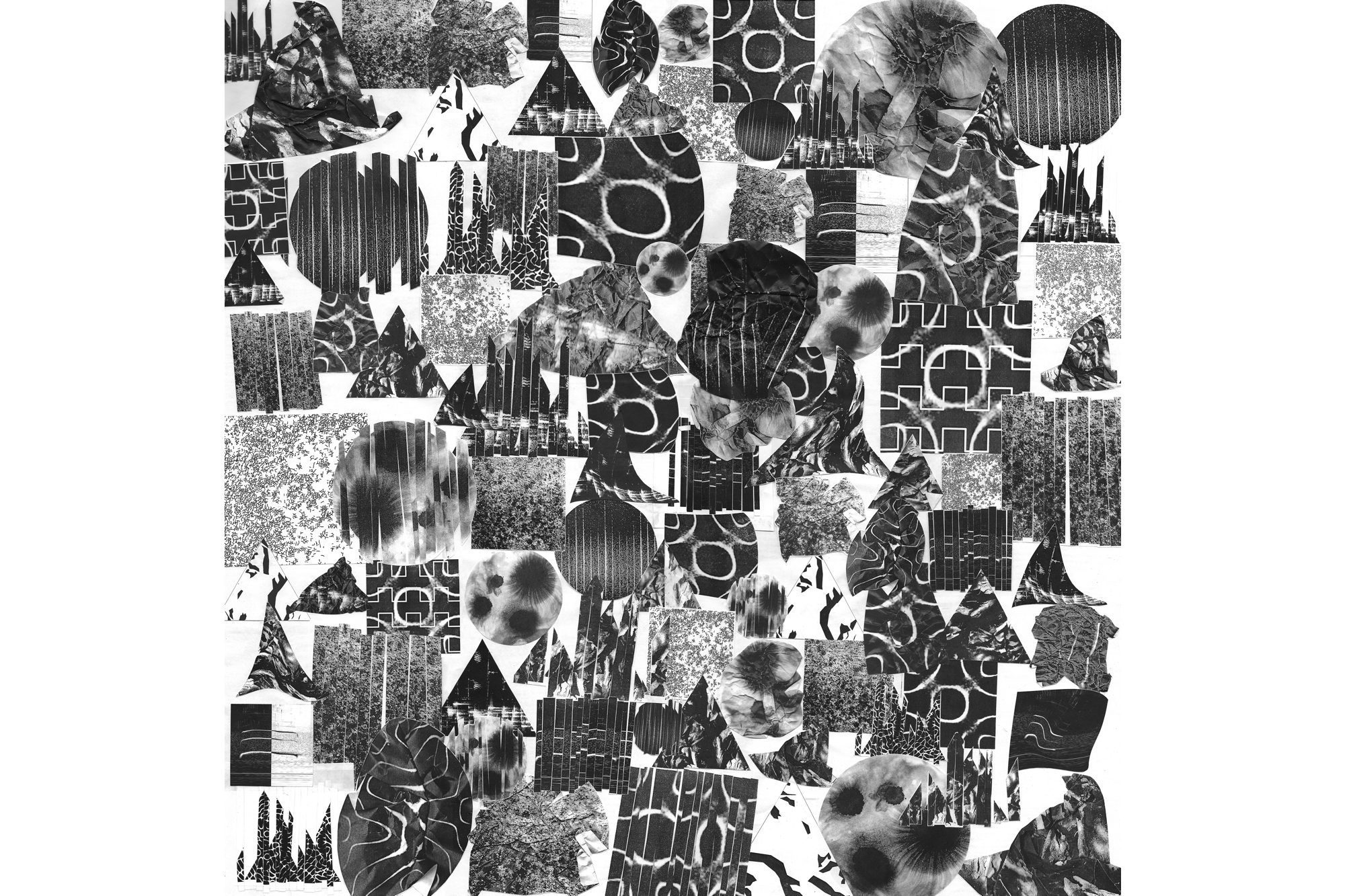In a hallway at the Museum of Art and Design’s “Sonic Arcade” exhibition hangs a white tapestry covered in small, patterned symbols in the shapes of squares, triangles, and circles. These emblems form not just an overall pleasing visual palette, but—when scanned with an accompanying iPhone app—translate into snatches of synthesized tones, sounds, and samples. Together, they constitute a musical alphabet, a graphic score.
This interactive piece is part of a series titled Format 3, developed by Foo/Skou, a pair of Danish-born artists and musicians, Louise Foo and Martha Skou, who are actively expanding traditional musical scores into visual and physical realms. “There’s always a split between traditional notations that you follow with an instrument and abstract scores by artists like John Cage, which are very hard to read,” Skou, says. “We wanted to explore that abstract form, but also work with physical materials to make a score that could actually be played with a tool, like the app.”
To create their musical vocabulary for Format 3, on view at MAD through Feb. 25, 2018, the pair worked with three basic shapes alternately textured with the elements of earth, water, and fire, and matched them with sounds derived from field recordings, sonograms, and cymatics. The resulting 81-symbol alphabet is the product of digital craft as much as manual handiwork (tearing, cutting, curling). It also shows up in the other works in the series, such as a touch-reactive wood sculpture with symbols, coated in conductive paint, that produce sounds upon contact. Here, Foo/Skou’s use of wood and textiles—with their connections to craft traditions—lends these pieces a human, analog feel that sits neatly alongside their app-enabled digital capabilities.
A bridge between audio and visual, tactility and technology, the graphic scores in Format 3 challenge sensorial functions and experiences, posing new ways we can view sound, hear shapes, and handle music. “Sound is so influenced by the format it’s presented in: Watching a music video or listening to a song decides how you are experiencing it,” Skou says. “In a way, we are destroying those formats by creating a new format.”
Sample some of Foo/Skou’s visual compositions by scanning the symbols throughout this article with the Format 3 app. Headphones are highly recommended.
(Images courtesy of the artist)


